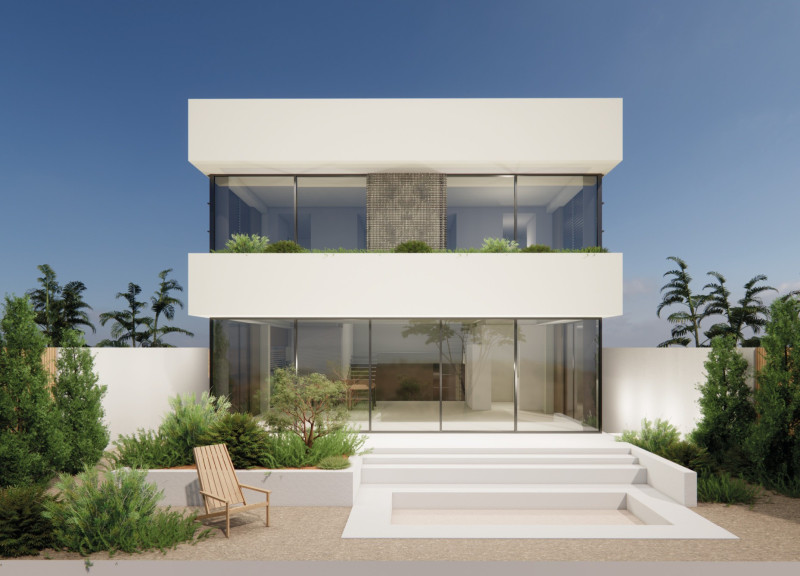5 key facts about this project
The building's design reflects a modern aesthetic, characterized by clean lines and a cohesive material palette. The strategic placement of windows maximizes natural light, creating bright, inviting interiors that enhance the overall user experience. The design integrates landscaped areas, including terraced green spaces and a rooftop garden, promoting biodiversity and offering residents a respite from the urban landscape. These elements not only contribute to the building’s visual appeal but also encourage environmental stewardship and sustainability practices.
Key components of the project include a multifunctional community center equipped with flexible spaces suitable for diverse activities such as community meetings, workshops, and events. This arrangement is instrumental in fulfilling the project's aim to serve as a hub for local interaction and culture. The architectural design seamlessly blends these areas with dedicated spaces for retail, further fostering a sense of place and convenience.
The use of materials is both deliberate and symbolic. Predominantly featuring responsibly sourced timber, warm brick, and resilient concrete, the project embodies a commitment to sustainability while ensuring durability. The thoughtful combination of these materials not only adds visual texture but also plays a critical role in energy efficiency. The overall design includes advanced insulation techniques and energy-reducing elements, which are integral to reducing the building's overall carbon footprint.
A standout feature of the project is its innovative approach to water management, with rainwater harvesting systems and permeable paving incorporated into the landscape design. This not only mitigates stormwater runoff but also enhances the surrounding ecosystem, showcasing a forward-thinking attitude towards environmental issues. Incorporating such systems highlights the design's commitment to ecological principles while also providing practical solutions to urban challenges.
Additionally, the project utilizes smart technology to enhance user experience and operational efficiency. Features such as energy monitoring systems and automated climate control contribute to a greater sense of comfort and sustainability. The integration of technology extends beyond the building itself, encouraging community members to engage with their environment in meaningful ways.
Overall, the architectural design reflects a critical understanding of the needs of its users and the broader community. It represents a commitment to creating spaces that promote well-being, connection, and sustainability, balanced beautifully with modern design principles. Those interested in delving deeper into the architectural plans, architectural designs, and architectural sections will find a wealth of insights into the innovative ideas that shaped this project, showcasing how thoughtful design can influence community dynamics and environmental impact. Exploring these elements further can provide a comprehensive understanding of the project’s contributions to contemporary architecture and urban living.


























